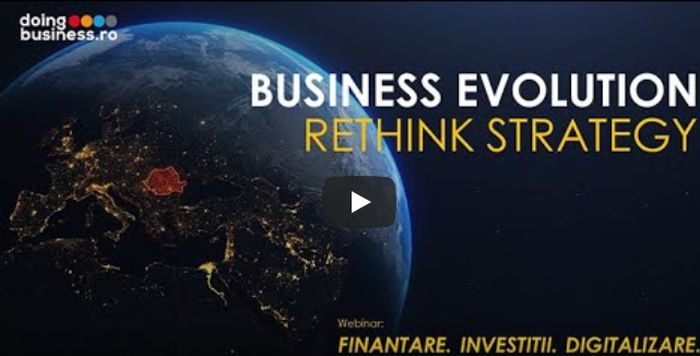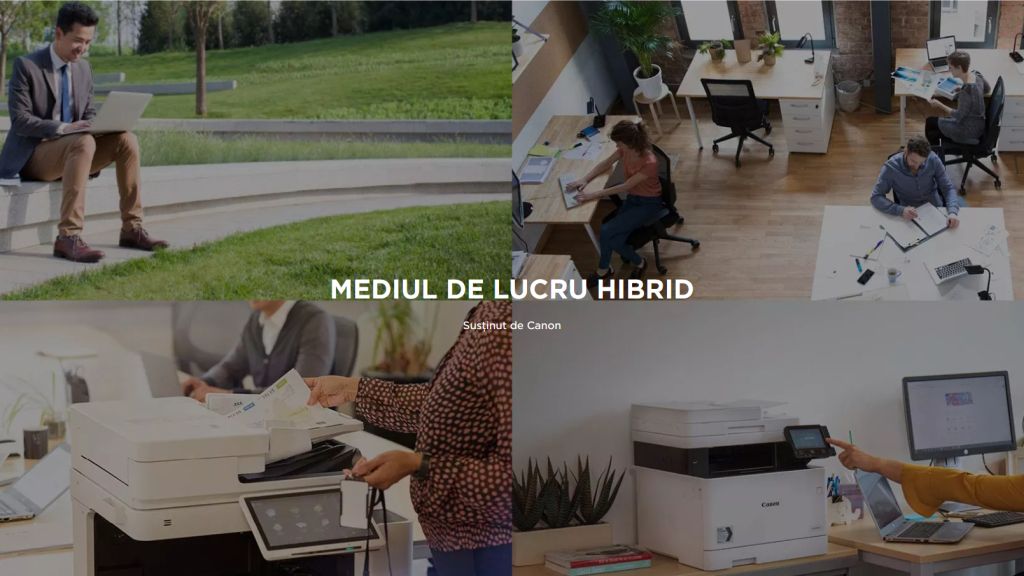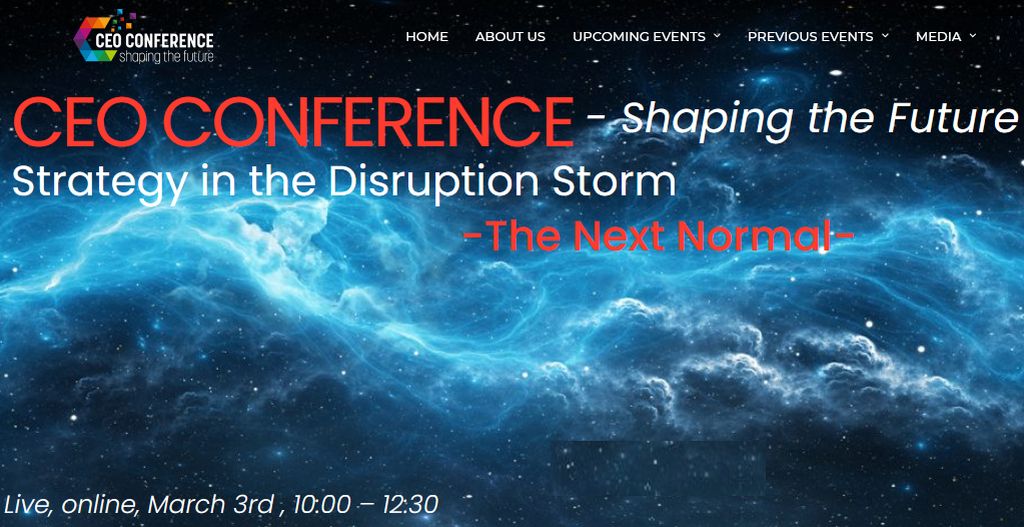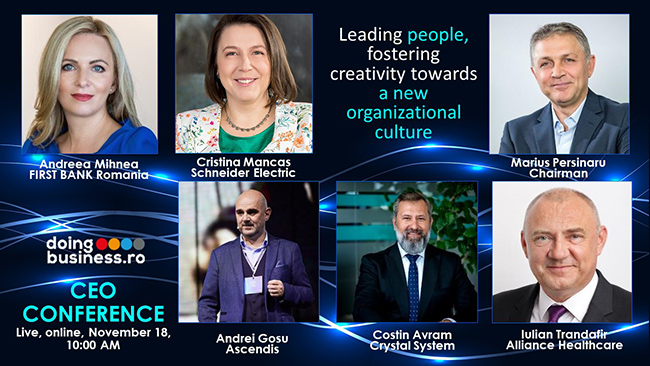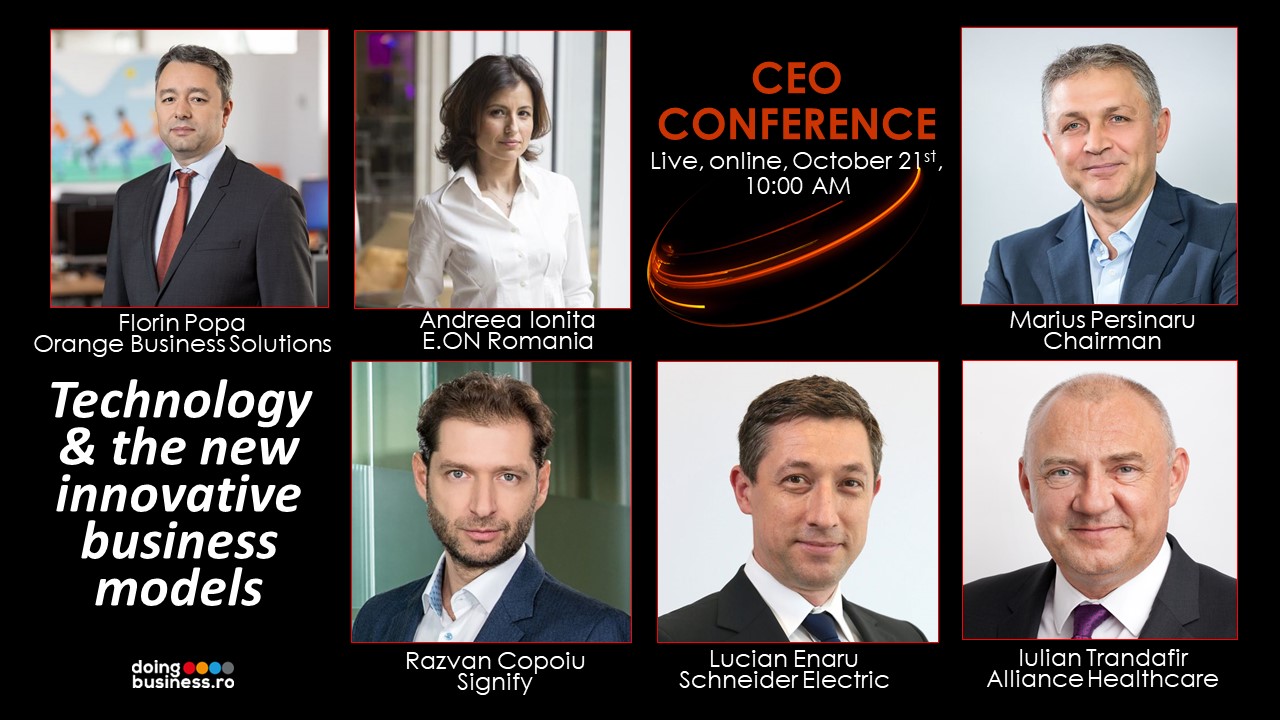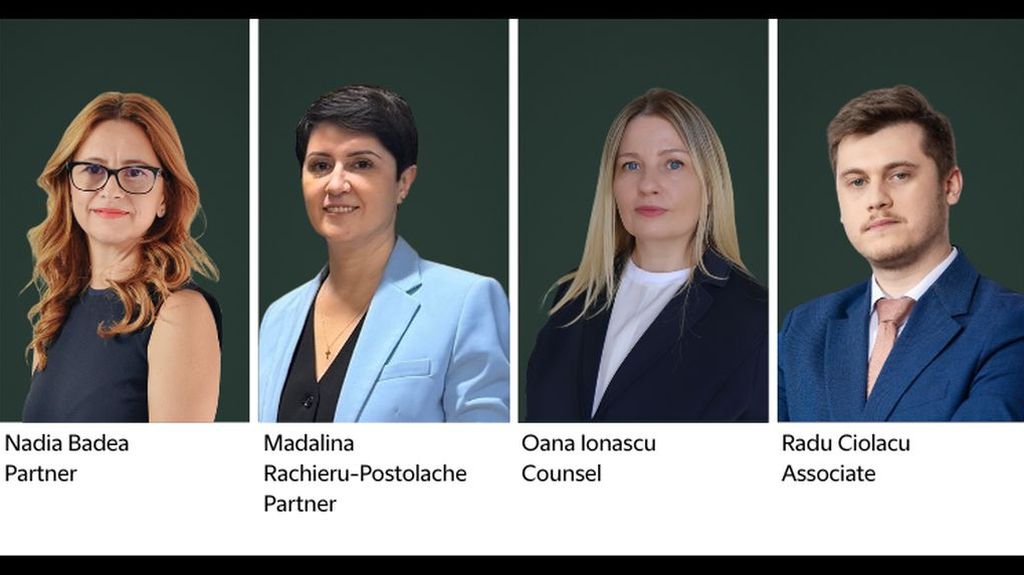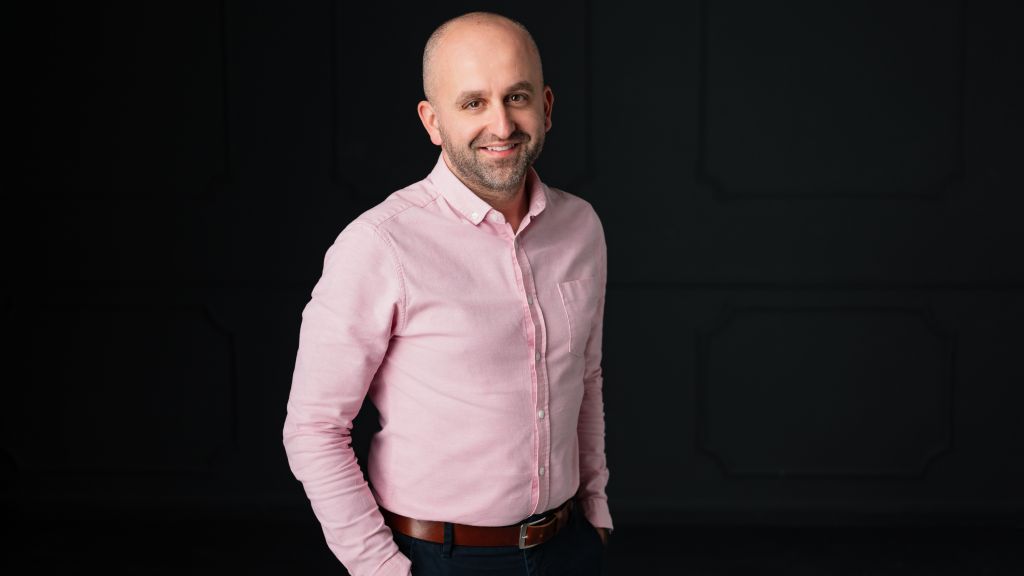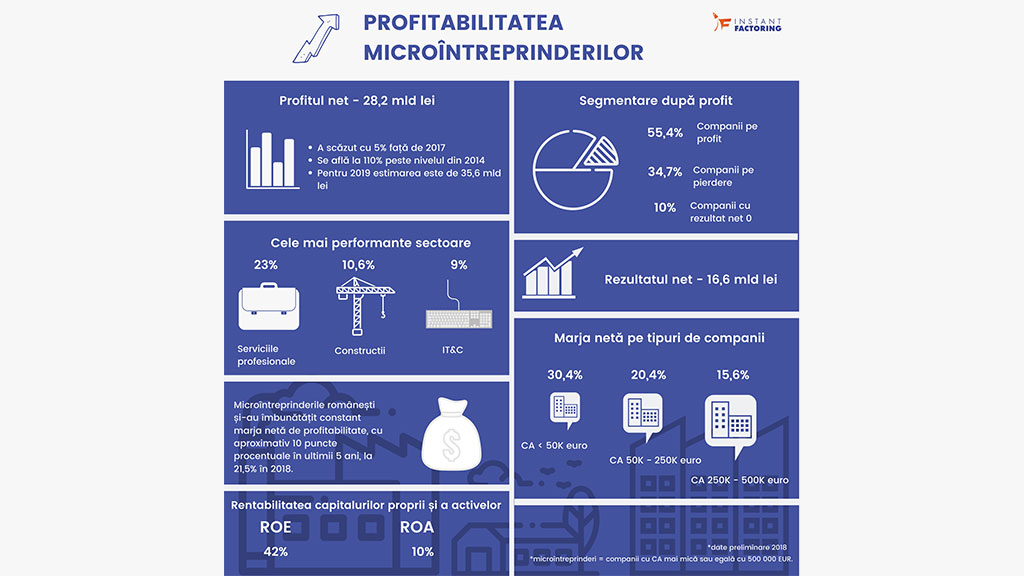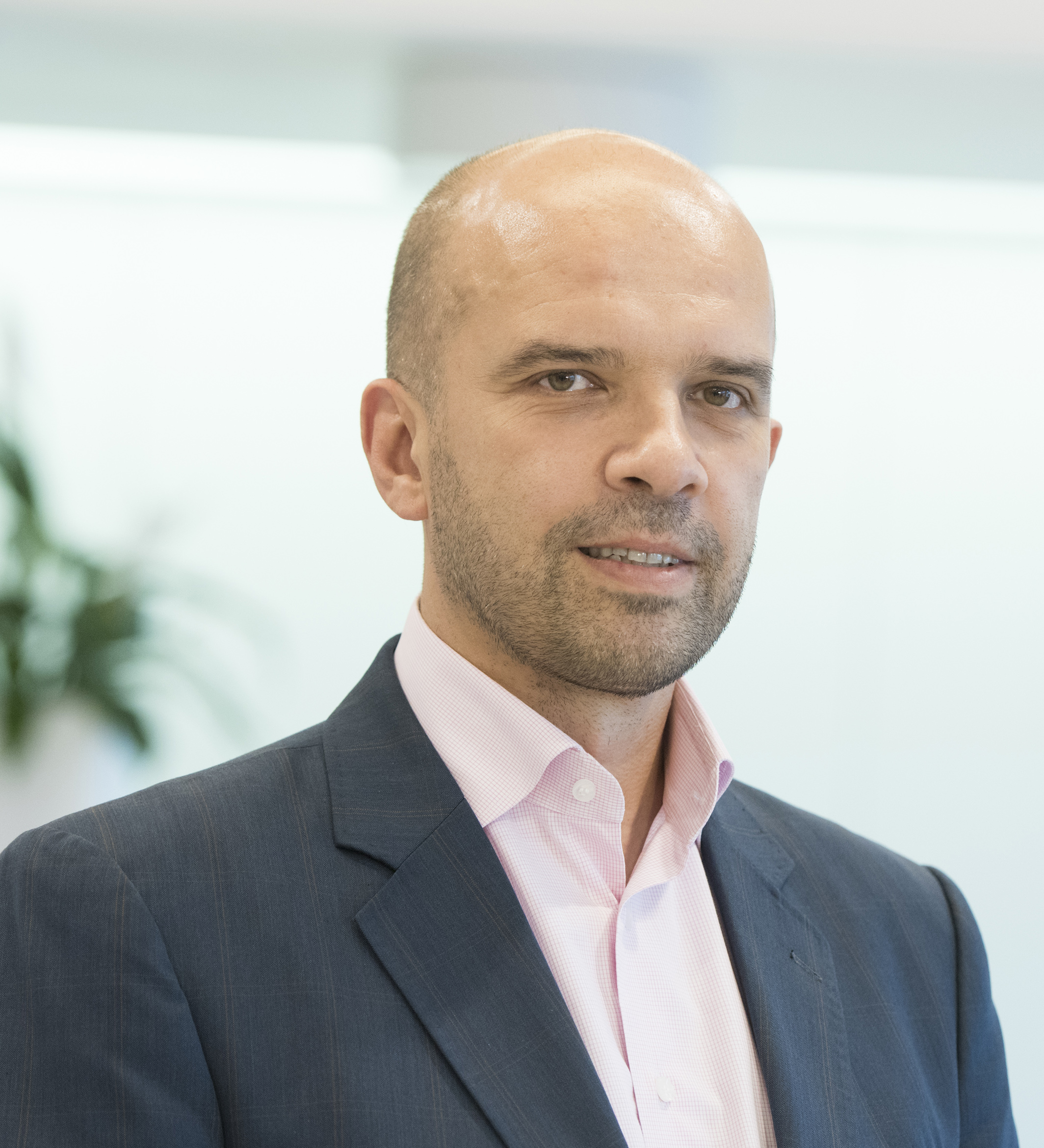The Agile revolution in management is transforming the way companies work. Starting from within software development teams, Agile is rolling out and encompassing more and more areas.
Companies with Agile management experience an average 60% increase in revenue and profit. Teams become 25% more productive, CEOs spend four times more time on strategy and 25% to 60% less on operational management.
Against the background of this silent revolution in management, under different labels, agile thinking manages to have a common denominator: speed, which makes it possible to quickly, and permanently adapt the solution to the fluid reality of the project and the business environment.
1. Fast thinking, slow thinking
In Daniel Kahneman's terms, the difference between fast-thinking and slow-thinking decision-makers is similar to comparing blitz and classical chess players.
Blitz chess players have 5 minutes to close the game while the classic format allows the game to be closed in 120 minutes.
With time running out quickly, blitz chess players will activate their entire arsenal of moves and tactics to win because they have very little time compared to classical chess players, who represent their moves and strategies differently.
The former has a much faster kinetic of moves and adaptation on the chessboard than classical chess players who take more time to think and stick to their strategy.
2. The advantages of agile thinking in business
For the business environment, the advance of technology has accelerated the sequence of moves that decision-makers need to make. If you are not on time, you lose out to the competition that moves faster, i.e. launch a product and service faster, gain notoriety, and subsequently market share.
Under the impact, the technological advancements, the competitive format in business has changed, and therefore the decision-making and operational speed have accelerated.
Compared to the bureaucracy of traditional companies, agile companies are the ones able to give efficiency. Leaders of agile companies adopt an iterative design cycle of solutions and methods to improve products and services.
Teams can identify problems early, test, and implement effective solutions that adapt to change. Additionally, leaders can develop a culture of testing in their teams, where all members can learn from mistakes so they don't repeat them in the future.
Here are some benefits of agile thinking:
1. Accelerated decision-making. A better ability to judge and see what are the essential elements to be able to decide.
2. Flexibility of attitude and workflow. Less reliance on dogma and bureaucracy.
3. Ability to approach difficult problems correctly. Getting back to basics to assess what needs to change.
4. Better innovation and collaboration. With an open mind, every member of an agile team is curious and brave about every element of your role.
5. Better engagement and support. Colleagues are more collaborative more involved and more responsible.
3. The mindset that makes the difference
When we think of mindsets, we refer to a person as having a "growth mindset" or a "fixed mindset." But what if we could be more flexible with our mindset? What if we could adopt an "agile mindset"?
The term "agile mindset" is often used in the business world, but it can be applied to any area of life. An agile mindset means being adaptable and flexible. It is about being open to change and willing to pivot/change when needed.
An agile mindset is essential for anyone who wants to succeed in today's rapidly changing world. Technology is advancing at an unprecedented pace, and the ability to adapt to change is becoming increasingly important.
Those with an agile mindset are able to embrace change and use it to their advantage. They are able to adapt to new situations and find changing opportunities.
Adopting an agile mindset does not mean completely changing who you are. It is about being open to new ways of thinking and deciding effectively. It is about being flexible and adaptable.
Here are some recommendations on how you too can adopt an agile mindset:
1. Embrace change as an opportunity.
2. Be open to new ways of thinking and behaving.
3. Be flexible and adaptable with a growth mindset.
4. Be willing to pivot when necessary.
5. Learn and develop continuously.
6. Stay positive and optimistic.
7. Be a good mentor! Mentor others.
About Constantin Magdalina
Constantin Magdalina has 15 years of professional experience, during which he worked for multinational companies, both in the country and abroad. Constantin has a Master's degree in Marketing and Communication at the Bucharest Academy of Economic Studies. He is LeanSix Sigma and ITIL (IT Information Library®) certified, which facilitates a good understanding of processes and transformations within organizations. The certification obtained from the Chartered Institute of Marketing completes his business expertise. He initiated and coordinated studies about the business environment in Romania. He participates in numerous business conferences and writes on topics related to innovation, streamlining business processes, social media, digital transformation, emerging trends and technologies.










